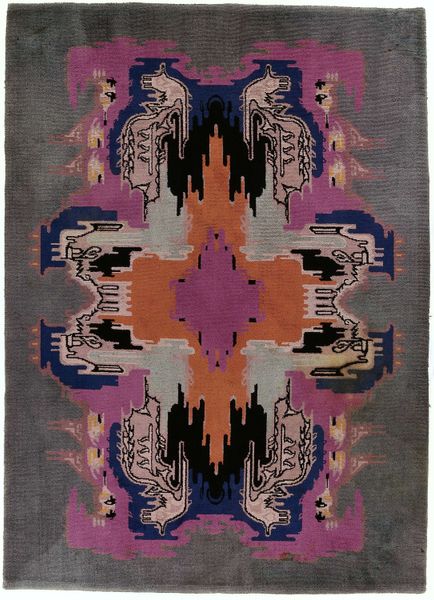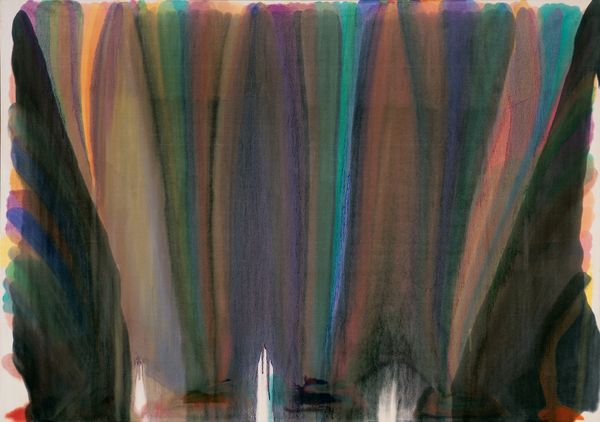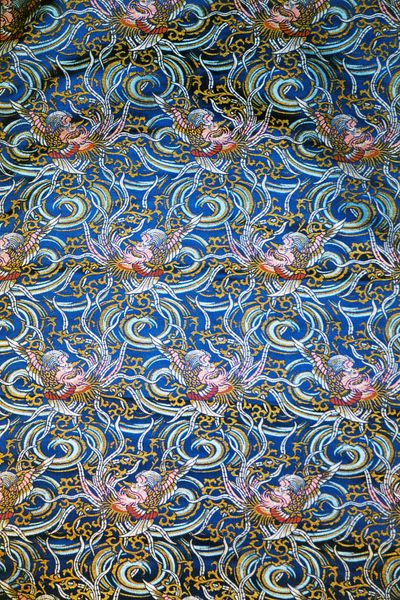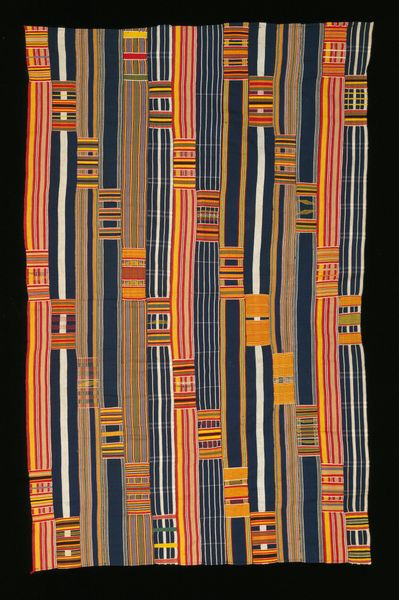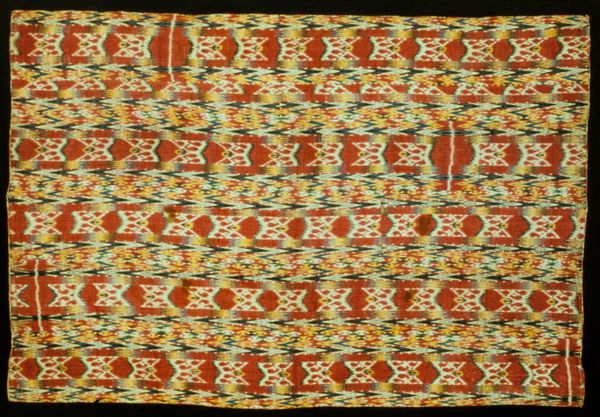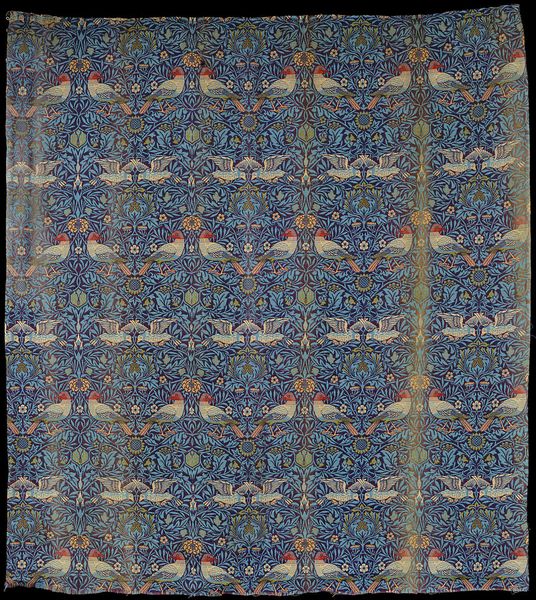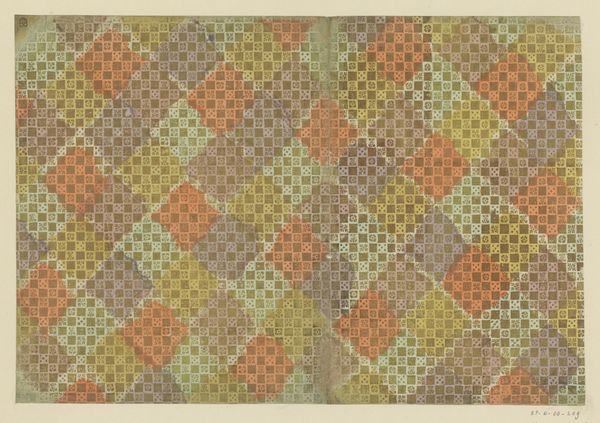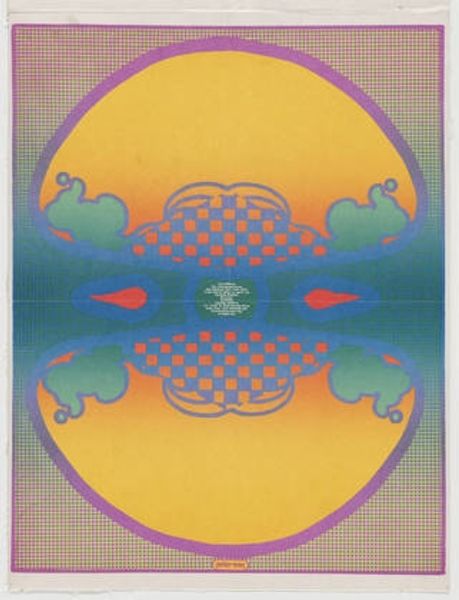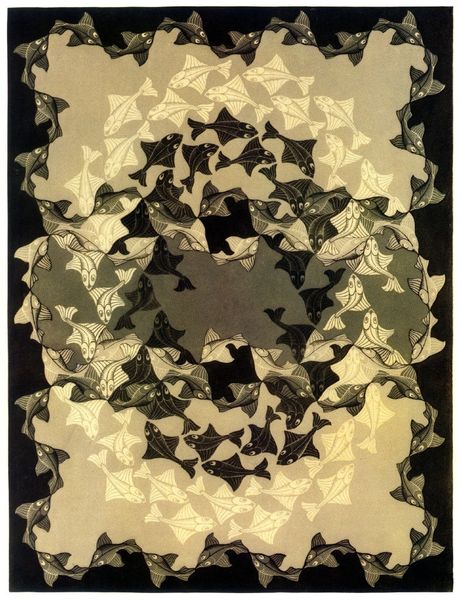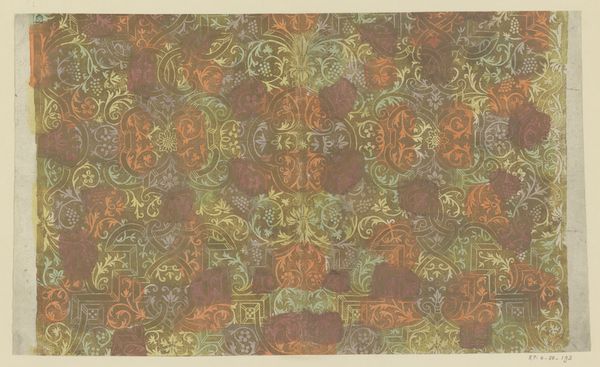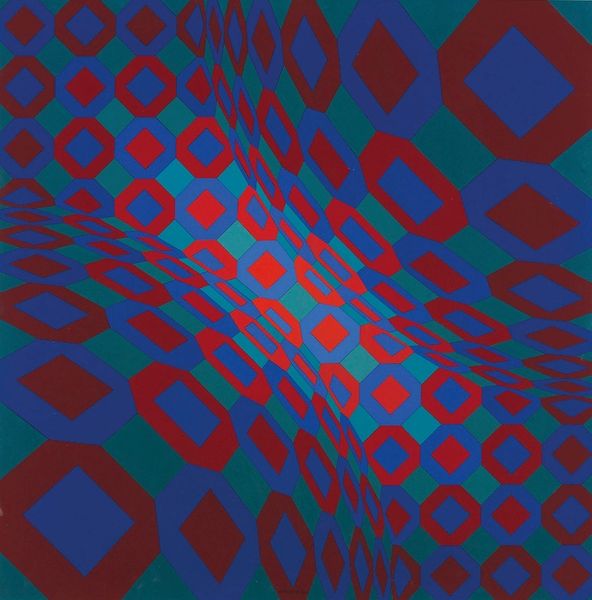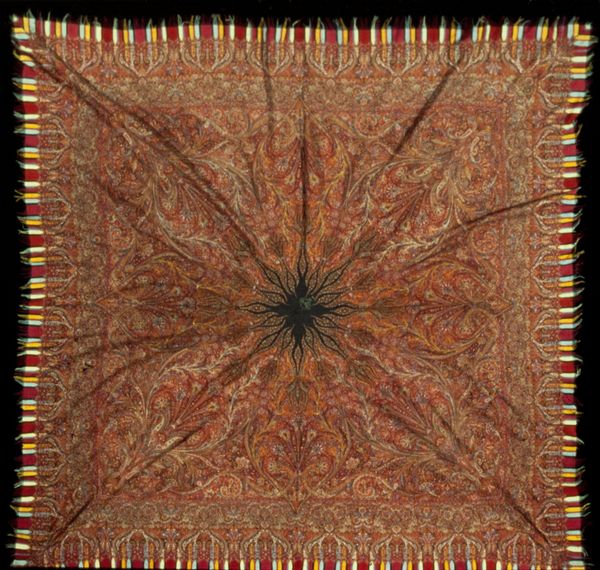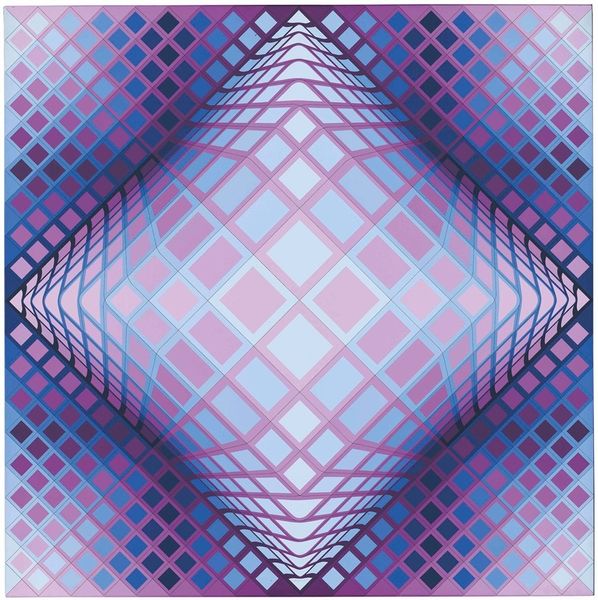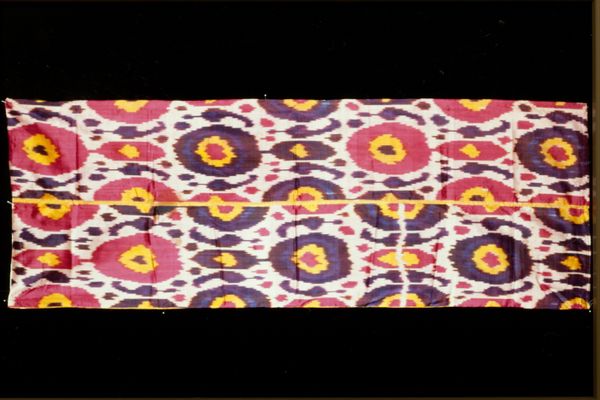
weaving, textile
#
asian-art
#
weaving
#
textile
#
textile design
Dimensions: 156.2 × 200.7 cm (61 1/2 × 79 in.) Shoulder to hem: 53.2-54.5 cm (21-21 1/2 in.) Sleeve length: 69.6 cm (27 3/8 in.) Fuki height: 24.6 cm (9 3/4 in.) Width at hem: 130.2 cm (51 1/4 in.) Width of sleeve panel: 65.6 cm (25 3/4 in.) Width of hem center front panel hem overlap: 7.2-9 cm (92 7/8-3 1/2 in.) Width of collar band: 2.6 cm (1 in.)
Copyright: Public Domain
Editor: Here we have the "Emperor's Jifu (Semiformal Court Robe)," a textile artwork potentially dating from 1644 to 1911. Looking at this elaborate design, with its dragons and waves meticulously woven, one immediately senses the immense amount of labour involved. How do you read this piece in terms of its making and social significance? Curator: This robe offers an incredible lens through which to examine production and power. The precise weaving techniques involved speak volumes about the highly skilled labour force available to the Emperor. Consider the resources poured into the creation of this one garment. How does this kind of conspicuous production solidify class divisions, but also perpetuate them? Editor: I see what you mean. It wasn't just about aesthetics, but about enforcing hierarchy through material culture. The patterns become less about beauty, and more about asserting power. It's almost like the robe itself is performing labour, doing the work of maintaining order. Curator: Precisely! The materials used - likely fine silks and precious dyes - are indicative of China’s vast trade networks. Think of the global networks intertwined in this very object, from the source of raw materials to the artisans who transformed them. Do you see how the design can communicate values of a civilization? Editor: Definitely! So, viewing the Jifu from a materialist perspective really shifts the focus from the artistic genius of a single creator to the collaborative labour, resource control, and social structures that made it possible. Curator: Exactly. And that reframing offers crucial insights into understanding power, production and the historical context in which objects like this were not simply admired but *used* to exert authority. Editor: I see that the real masterpiece might not be the aesthetic design, but how the whole robe illustrates political, social, and labor history. It provides an tangible visualization of resource use and distribution. Thank you.
Comments
No comments
Be the first to comment and join the conversation on the ultimate creative platform.
